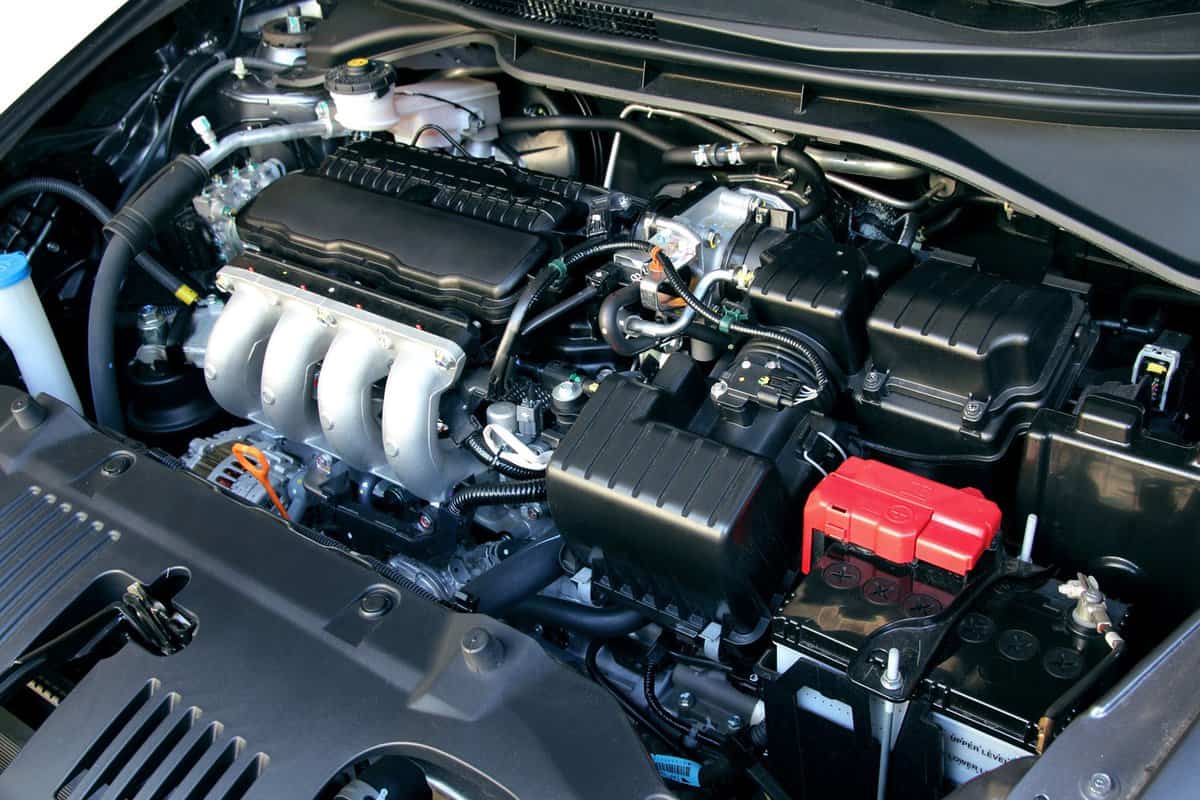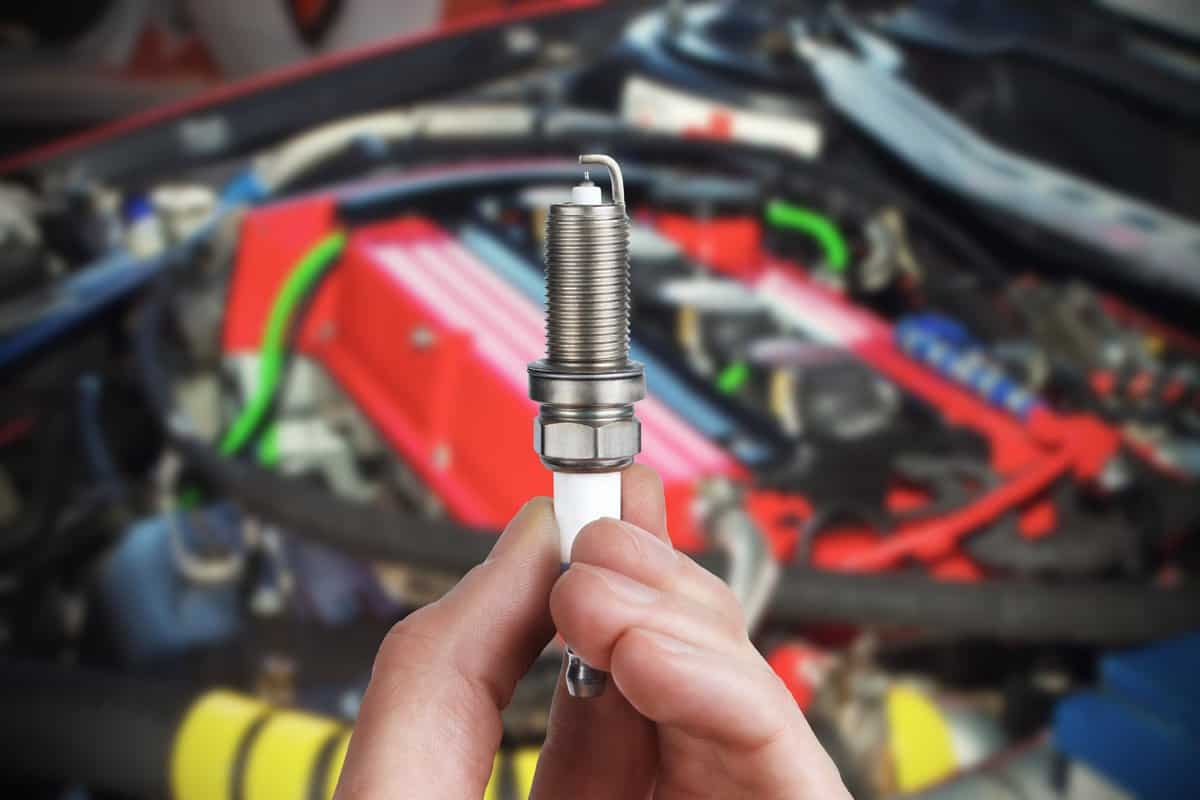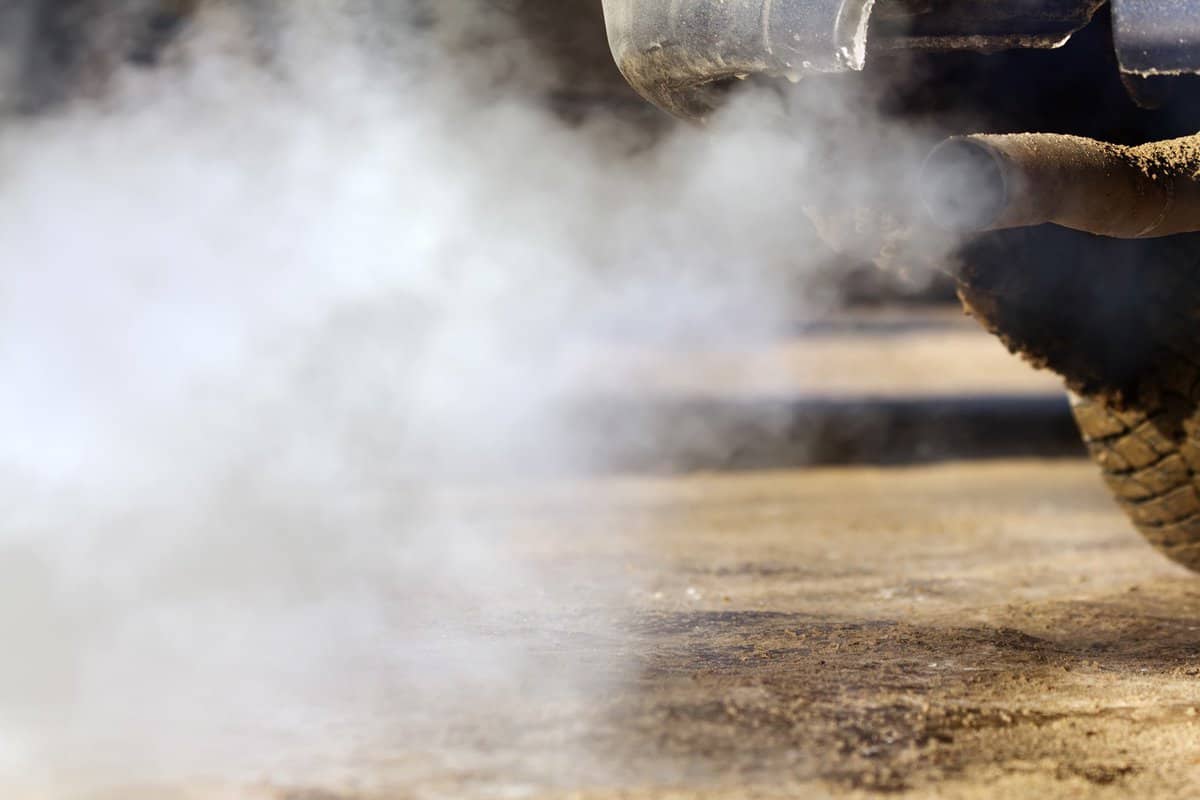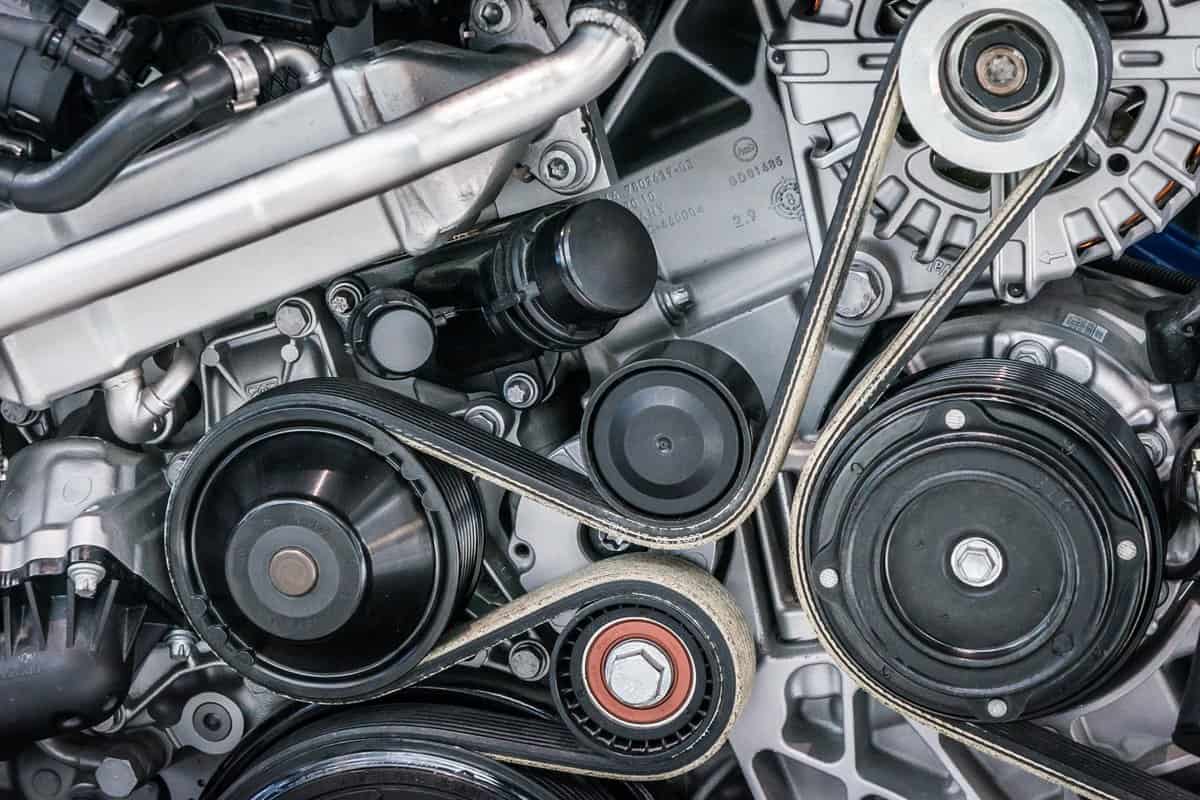A car's engine timing is the time between when the spark plugs fire and when the pistons begin moving. If your engine timing is off, your vehicle may run poorly or not at all. This can cause your engine to stall or run rough, and it may even cause other problems.
We have reached out to the experts for help and have some answers for you.
A bad timing belt is most likely the culprit when the engine timing is off. A timing belt is a belt that runs between the crankshaft pulley and the camshaft pulley.
It is used to synchronize the engine's valves. This causes the engine to run at the correct time and with the correct timing.
The engine timing belt is a vital component of the internal combustion engine. It controls how long the engine takes to start and stop.
When the engine timing belt breaks, the engine will have trouble starting or will idle roughly. The engine will also experience occasional misfires, oil leakage, and annoying clicking noise.
Engines are complex machines and can often behave unexpectedly. This happens when they malfunction, and it is essential to know how to diagnose and repair an engine timing issue. If you wonder how to correct this issue, keep reading!
![Car engine - What Causes Engine Timing To Be Off [And What Happens When The Engine Timing Is Off]](https://vehq.com/wp-content/uploads/2022/08/Car-engine-What-Causes-Engine-Timing-To-Be-Off-And-What-Happens-When-The-Engine-Timing-Is-Off.png)
Warning Signs Of A Bad Engine Timing

Your car's engine timing plays a significant role in performance. If your car has an engine timing issue, you may notice warning signs of a bad timing belt. However, it is important to understand what these warning signs mean to resolve the issue. Here's what you need to know about these symptoms.
1. Engine not starting
If your car's timing belt is broken or irreparable, you will notice that the car will not start. This is because the timing belt is responsible for operating the crankshaft and camshaft in the engine.
Without the timing belt, the engine cannot operate properly. The starter motor may show signs of wanting to start the engine by attempting to engage.
2. Occasional engine misfires
Misfiring is the term used to describe a condition where one of the cylinders in an engine does not fire properly. When a cylinder fires improperly, it creates a loss of power, and this can ultimately lead to engine damage and even engine failure.
If your engine timing belt is worn and slipping, you should replace it immediately. The timing belt drives the valves, which determine the timing of the combustion process.
When the timing belt slips, it can cause the valves to close early. This can lead to a lack of fuel in the cylinder. This problem can be corrected by replacing the timing belt, or you can make it last longer.

3. Irregular RPMs
The RPM meter is an essential component of your car and a great indicator of your engine performance. However, if your RPMs fluctuate like crazy, it could mean a problem with the timing belt that connects the crankshaft to the camshaft.
4. Rattling noise
You may be hearing the familiar tick-tick-tick sound of a worn timing belt. It may sound alarming, but it is a common issue. This sound indicates that the timing belt is wearing out, and the engine could soon stop working.
You can tighten the belt, let the engine run, and see if this fixes the issue. If this doesn't work, loosen the belt and check for visible cracks on the belt surface.
5. Oil leaking
If your timing belt cover leaks oil, you can easily identify the source by looking for leaks around the gasket that secures the cover. If you notice an oil leak, it is imperative to have your timing belt cover and gaskets around it replaced immediately.
6. Increased emissions
When your vehicle's timing belt breaks down, the engine may start to generate more smoke. That's because it has to work harder than usual to push out all the extra gas trapped within its cylinder walls.

What Causes Timing Belt To Fail?
Timing belt failure can be quite devastating. And it can happen without any warning signs. If your belt fails, you may notice it when it starts dragging against the pulleys. Or, you may see the belt flapping against the pulley and dragging.
The only way to detect whether or not your belt has failed is by listening to the sound it makes.
Tooth wear, belt tracking, and tensile failure are the other causes of timing belt failure. To avoid these problems, make sure that the pulley crank and shaft are straight and parallel to each other.
When examining the timing belt, the first step is to check the alignment of the teeth on the belt. To do this, you must remove the belt from the crank pulley. The teeth on the belt should be even and perfectly aligned with the teeth on the crank pulley.
Another way to check the alignment of the teeth on the belt without removing the belt is to slightly loosen the tensioner bolt. Now, place a finger over the top of the belt. You should have that feeling of tightness and grip as you rotate the pulley.
If it does not, there is a chance that the teeth on the belt may be worn and could slip during the operation.
Check the pulley for cracks or damage. Cracks can form on the pulley due to excessive heat. Damaged pulleys can lead to misaligned teeth and excessive wear.
Check out this belt tension gauge on Amazon.
How Much Is Repair Cost For Bad Engine Timing?
When your car needs a replacement part, you don't want to wait until the moment that it breaks and requires a replacement. It may be more cost-effective to buy the part before the car breaks down instead of getting one once it's completely worn out.
For instance, getting a timing belt replaced before it's worn is much cheaper [between $500 to $1000] than getting a replacement after it has snapped [up to $2000).
To avoid paying more than necessary, you should try to identify any problems with your car before it becomes too expensive to repair.
For instance, if your car needs a replacement part, you should take it to a mechanic and ask him or her to identify any potential problems before repairing it.
You can watch this video and learn how to change your timing belt so you can save money:
How Long Does It Take To Fix A Bad Engine Timing?
Replacing a timing belt on your car is easy if you know the correct steps. Nevertheless, it is a very meticulous job that requires precision and caution. It can take professional mechanics 4-8 hours on average just to replace a worn timing belt.
Can You Still Use Your Car With Bad Timing?
While most car owners have a sense of what a bad timing belt feels like, it's best to ask a professional mechanic or an auto repair shop to diagnose it. If the engine's timing belt needs replacing, you may need to buy a new one or repair it yourself.
A timing belt connects the camshaft to the crankshaft, so keeping it in good condition is important. A worn-out or broken belt can cause the engine to overheat and damage the engine.
If you're driving a car with a bad timing belt, you might run the risk of the car's engine stopping abruptly while in the middle of the highway.
For this reason, if you notice that your timing belt is loose or sounds unusually loud, it's best to get it checked out immediately.

Do Spark Plugs Affect Engine Timing?
Engine timing refers to the timing of the ignition process. It determines the instant when the spark plug fires. Most engines use camshaft sensors to determine the timing of the spark plugs.
These sensors are usually located on the camshaft. They are used to keep track of the opening and closing of the valves.
When a car engine runs, the spark plugs send an electrical charge to the cylinders. The spark plugs fire by sending a strong current of electricity to the combustion chamber. This discharge of electricity is called the spark.
The spark plugs also determine how long the current discharges and determine the timing of the engine. To achieve optimal fuel efficiency and power, an engine must fire the cylinders at the exact moment of combustion.
In Closing
An engine timing issue is one of the most common faults that you'll come across. It can occur on any engine, but it is more common on those used in cars and trucks.
Engine timing is a crucial part of your vehicle, and the most important thing to ensure that it works properly is to ensure that the correct settings are applied.
If you notice any unusual behavior from your engine, make sure to stop and find out the root cause of the issue so that you can fix it.
You might also like:
Engine Squealing But It's Not The Belt; What Else Could Be Wrong?
Check Engine Light Comes On And Off While Driving; What Could Be Wrong?

